Sri Lanka Earthly Paradise
With origin appellation
by Luca Novelli
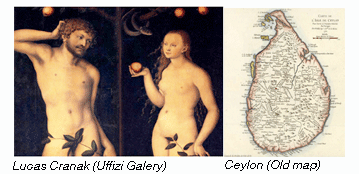
Our project arose from some reflections about the history of mankind and from reading Marco Polo’s work “Il Milione”. Marco Polo, who had been the ambassador of Gran Khan , wrote about Adam’s relics kept in the palace of the king of Ceylon, today’s Sri Lanka.
They were not Adam’s relics but they were probably relics of Buddha , perhaps of the same tooth now kept in the temple of the Royal Palace in Kandy.
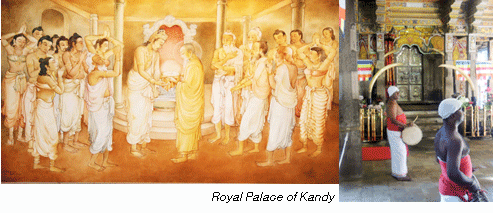
Marco Polo himself did not believe these were the relics of Adam , the mythical father of mankind thrown out from the Garden of Eden, but for us this has been the beginning of an extraordinary research of historical and literary sources and the start of a cultural and scientific mission in this island-nation.
Many tropical countries call themselves an “Earthly Paradise”, but I think that Sri Lanka is the only country in the world having the right to bear this title, because it is most likely that the myth of Garden of Eden came to birth exactly in this part of the world.
Arabian merchants who called the island Serendippo , were the first who supported and spread this idea and many people liked it .
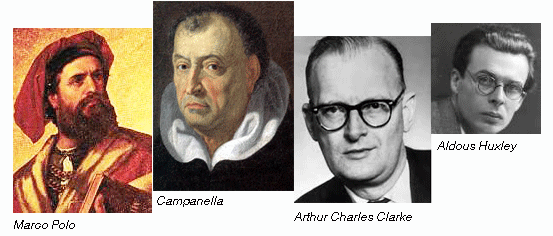
Fourhundred years ago ,the philosopher Campanella had situated there his utopian Town of the Sun. The writer ArthurClarke had spent there the last part of his life and drew inspiration for his novel “The Fountains of Paradise”. The writer Aldous Huxley, as well, used Sri Lanka’s landscape as setting of his novel “The Island”, and he mentioned it as possible Garden of Eden.
Many names of places and things link up Sri Lanka with the myth of the Garden of Eden: The partly submerged thin isthmus connecting Sri Lanka with India is called “ Adam’s Bridge “. “Adam’s Peak” is the name of the most important sacred mountain of the island from where four sacred rivers originate.
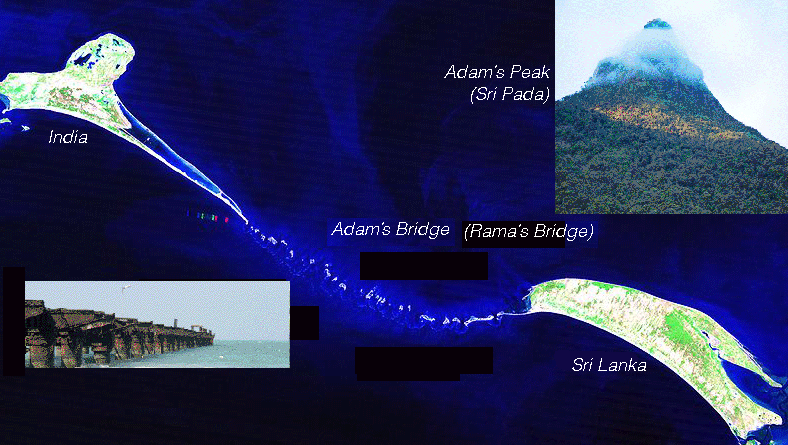
A great variety of trees grow in Sri Lanka and there are cultivations of plants produ cing “Adam’s Tears”, which means spices. They were extremely precious to the Europeans during the Middle Ages.
We can also mention a scientific fact : climatology tells us that 20.000 years ago during the max. Ice Age, when Europe and Asia were covered with hundreds of meters of ice and Africa was an inhabitable desert, Sri Lanka had plenty of fruits, fish and animals. It was a real paradise for the few people who lived on the central tableland of Sri Lanka. This has lead us to go into this matter thoroughly.
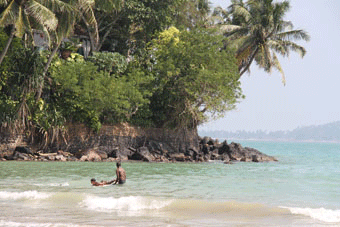 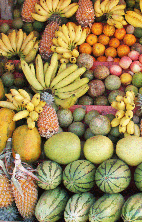
A few days ago we came back from Sri Lanka where we stayed some weeks. We collected pictures, testimonies but first of all suggestions in favour of this fantastic hypothesis.
At the National Museum in Colombo we found not only magnificent objects of the last 2500 years, but also information and finds about the oldest history of Sri Lanka, when the myth probably arose. The finds confirm that before Cro Magnons appeared in Europe, a human species that came ahead in technology and culture already existed in Sri Lanka. It is the man of Balangoda.
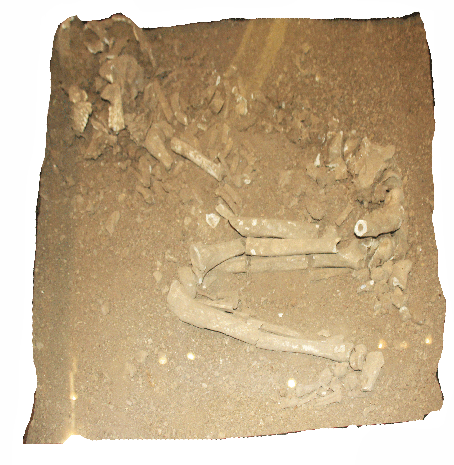 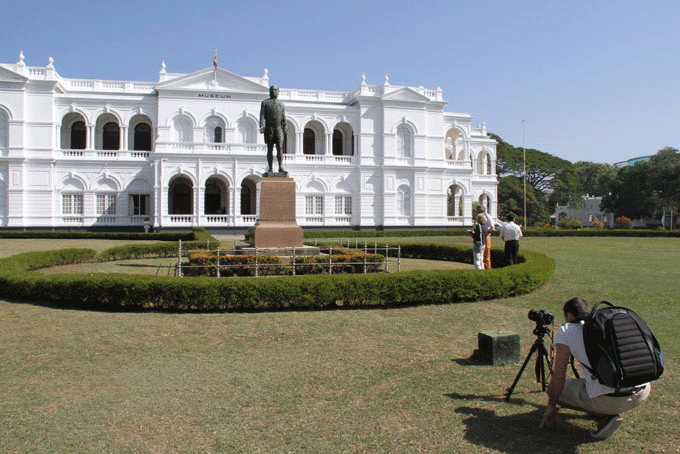 
In the Museum there is the proof that agriculture and breeding started in Sri Lanka about 12.000 – 14.000 years ago. In practice, the “tree of knowledge”, i.e. the metaphor of agriculture, was growing on the Horton Plains and in the Hill Country, 4.000 years earlier than in Anatolia and the Middle East.
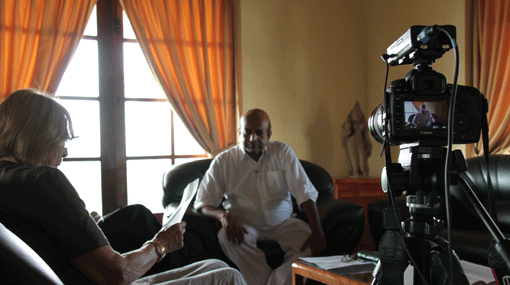
We interviewed I about this Professor S.U. Deraniyagala, the greatest archaeologist in Sri Lanka.
We furthermore interviewed the Venerable Walpola Kalyanatissa Maha Thero one of the most important local representatives of Buddhism, which spread from Sri Lanka into many countries in the world. This meeting enlightened us about various aspects of the position of Buddhism in respect of history and science.
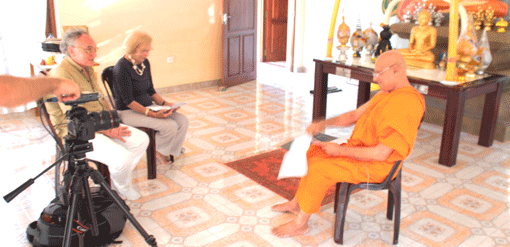
We have also put a number of questions to the chief of the Vedda,( or wanniyala-aetto), community. They are the natives who consider themselves the successors of the man of Balagoda and who live in Sri Lanka since at least 18.000 years, The chief wanniyala-aetto however said : "since 34.000 years".
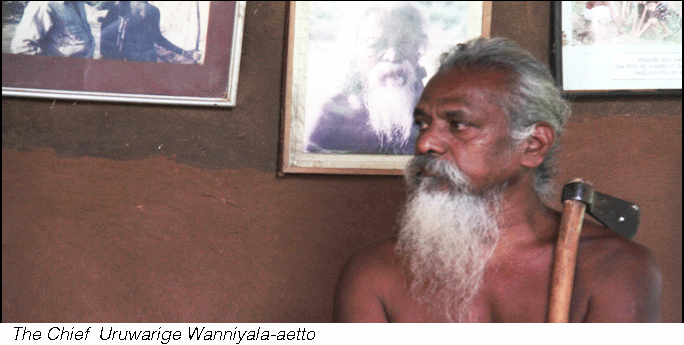
Unlike other people and some religions, the Veddas don’t have any memory regarding a lost paradise. The chief said that "Nature has created everything, also man , woman and the Vedda people". "We have always been here", he said, "we have invented fire and the bow and Sri Lanka is our home".
In Sri Lanka we were charmed by the smile of people, we felt invited to practice meditation and to pray in the Buddhist temples. Also the blaze of colours in the Induist temples, the peaceful landscape, the vivacity of life and the variety of vegetation caught our imagination.
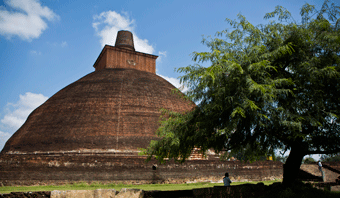
We also visited a school which the Milan community presented as a contribution for the rebirth of Sri Lanka after the terrible tsunami in 2004.
We arrived home with a certainty: should not be Sri Lanka the origin place of the Earthly Paradise myth, it is, no doubt, very close to it.
AYUBOWAN I wish for you a long life.
Luca Novelli
(Abstract of conference at BIT, Milan, 13 February 2014).
In collaboration with the Embassy of Sri Lanka in Rome -
Shots: Ruggero Longoni
Coordination of Sri Lanka Paradise Project: Shamin Panditharathna
First Chapter of the book + Dossier
for Frankfurt Book Fair 2014 from 8 to 12 October 2014 : SRI_LANKA/AYUBOWAN
  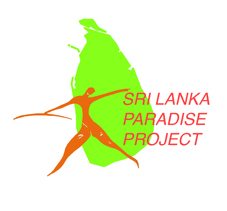  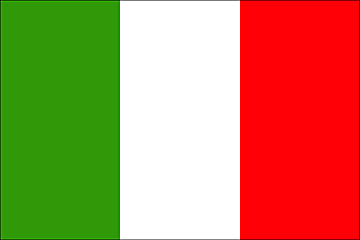  
HOME
|
















